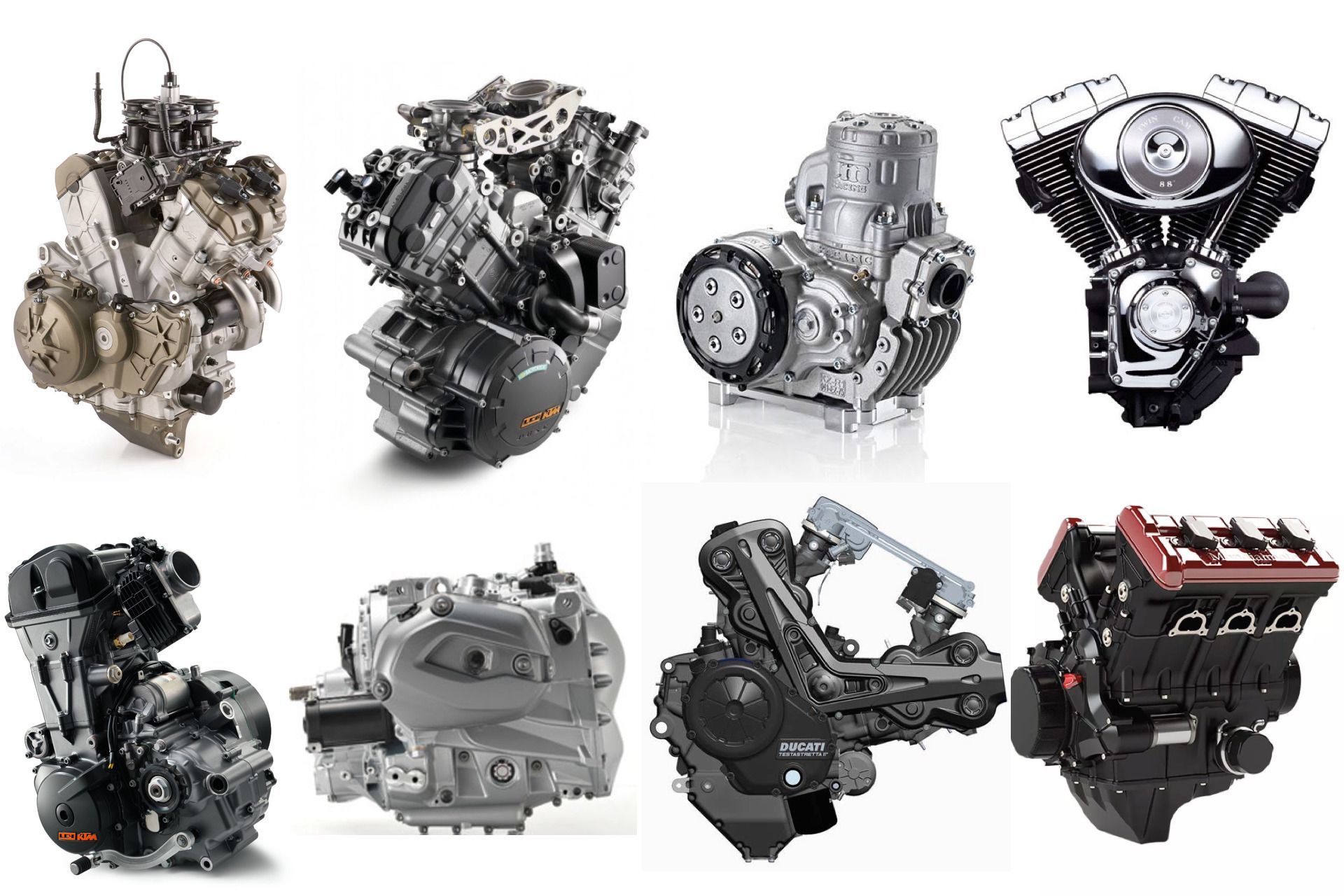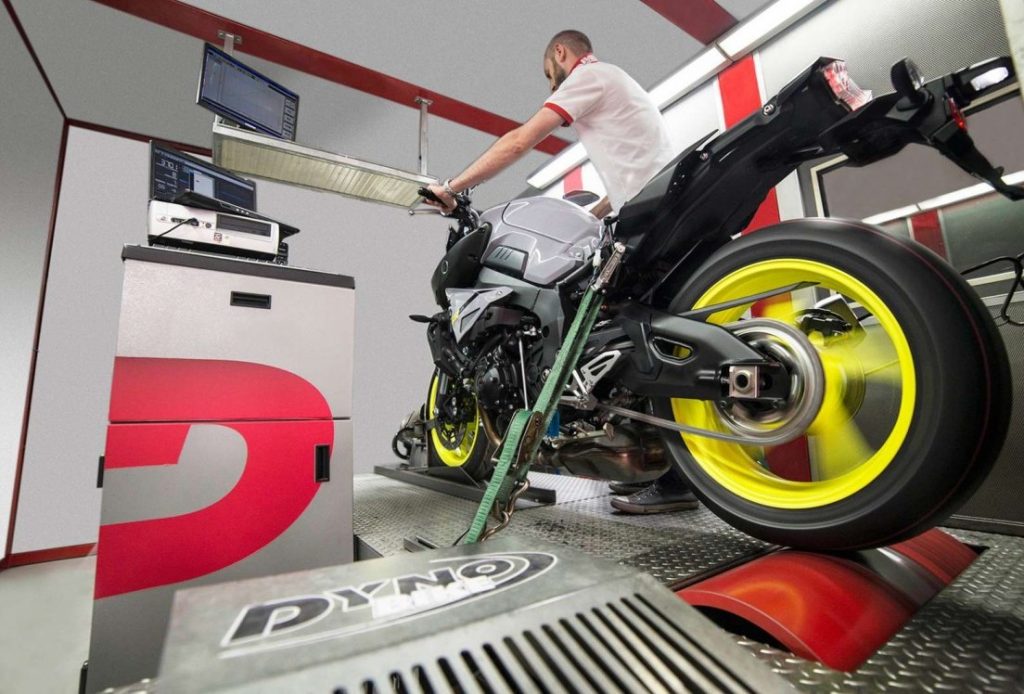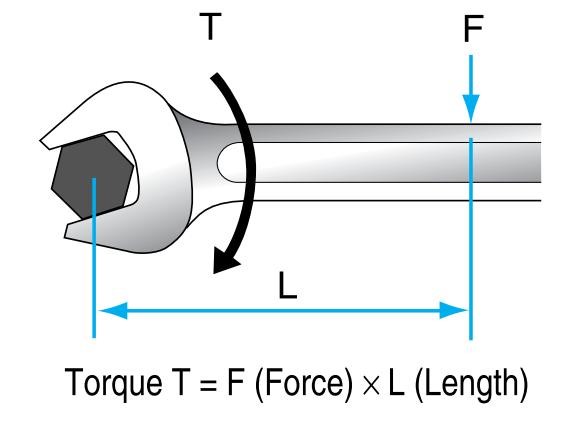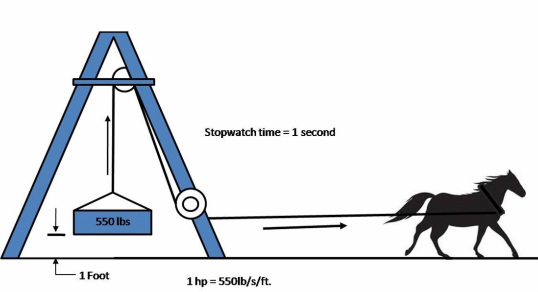TORQUE VERSUS HORSEPOWER: WHAT IS REALLY MEANS

Credit: eatsleepride.com
Most of us are transfixed by the word “power” or more specifically, “horsepower.” But an engine produces not only horsepower but torque, as well.
However, do you know what horsepower really means? And what about torque? How do they influence the performance of your motorcycle?
To understand torque and horsepower, we first need to understand the definition of energy.
What is energy?

Credit: motorworld.com
Energy is the capability to do work. There are many forms of energy such as chemical energy, potential energy, heat, kinetic energy, mechanical energy, etc.
In an internal combustion engine, energy is produced through the combustion of the air-fuel mixture. It turns the chemical energy stored in the fuel to heat and kinetic energy as the expanding pressure forces the piston down.
Therefore, energy is expended, and work is produced.
What is torque then?
 Let us imagine that we’re lifting dumbbells in the gym.
Let us imagine that we’re lifting dumbbells in the gym.
That force we lift them by pivoting our forearms is the torque. In other words, it is the force through a direction. Torque measures the force of an object as it rotates around an axis, fulcrum or pivot. When we switch to heavier dumbbells, we need more torque to lift them.
In the engine, the combustion of fuel forces the piston downwards in the cylinder. As the piston is attached to the smaller end of the connecting rod, it forms a pivot. The big, bottom end of the connecting is attached to the crankshaft, so the force from the piston is transferred to the crankshaft. This torque turns the crankshaft and flywheel attached to it. It is then channeled through the gearbox, and finally out to the final drive to turn the rear tyre.
Think of torque as the force generated when the air-fuel mixture burns inside the engine.
So, what is horsepower?

Credit: streetrod101.com
Power is defined as the rate of the energy being expended or the work is done.
Imagine yourself lifting dumbbells. The faster you lift, the more power you expend. Next, you measure how many lifts you could do per second. This rate is measured by Joules per second, which written in the simple term as Watt (W). This is why you often see engine power rated as “kW” (Kilowatt which stands for 1,000 W).
Going back to the engine, power is how fast the torque is produced on a timed scale i.e. crankshaft revolutions per minute (RPM). So, power is torque multiplied by RPM.
But how did “horses” come into play? The unit was coined by Scottish engineer James Watt to compare the output of steam engines to the power of horses. As in, 1 mechanical horsepower means a horse lifting a 550-pound load up 1 foot in 1 second.
1 mechanical horsepower (hp) equals 745.7 Watts, (0.7457 kW), or 1 kW equals 1.341 mechanical horsepower (hp).
To illustrate the point that power is torque multiplied by time again, the horse lifting that load 1 foot is the torque hence the unit foot-pound (lb.-ft.) or Newton-Metre (Nm). Adding a time scale i.e. 1 second turns it into horsepower (hp).
An important note here: Horsepower figures notoriously varies in different regions. That means, the horsepower figure may be higher or lower. As such, the European Union issued Directive 80/181/EEC in January 2010 that kW must be used as the main unit while horsepower as supplementary. Yes, it means kW is more accurate in terms of engine power.

